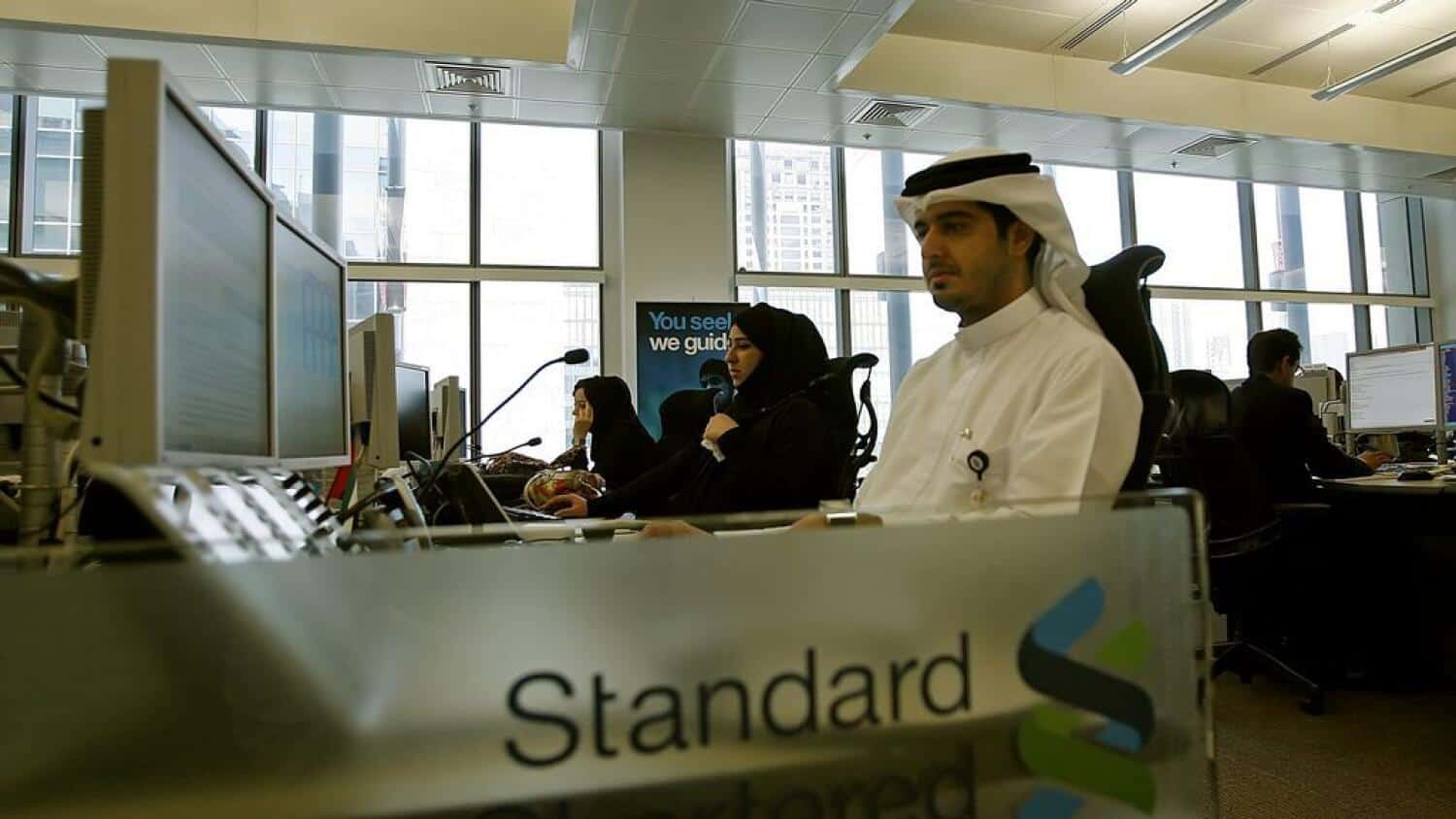The GCC region is positioned to become the next thriving hub of digital banking innovation, having gained valuable lessons from the challenges posed by the Covid-19 pandemic, which prompted the GCC banks to utilize technologies for online business.
According to Marwan Lutfi, CEO of Al Etihad Credit Bureau (AECB), most consumer transactions occur online. Furthermore, some banks have announced the launch of online platforms and the closure of physical locations.
He told TRENDS that the current laws and regulations in most GCC countries have significantly influenced this sector’s development. For example, the UAE has issued various laws about the banking industry, such as laws related to cyber incidents, and new rules related to financial data protection are likely to be issued soon.
Aiding the region in its embrace of digital banking is the increasing use of technology at the global level, which makes it incumbent upon regulators to continue improving their banking sector’s control through enhanced reporting. Basel IV regulations, increased focus on Anti Money Laundering (AML), Financial Crime, Know Your Customer (eKYC), Cybersecurity, Open Banking, and Digital Currencies, among other areas, will be the primary focus in the coming year.
According to a study by Kearney Management Consulting company, several key factors make GCC banks well positioned to capitalize on the online banking trend:
High e-adoption
Internet usage in the GCC is relatively high, with 82 percent penetration in Qatar, 78 percent in the UAE, 62 percent in Oman, 55 percent in Bahrain, 41 percent in Saudi Arabia, and 38 percent in Kuwait. Compared with Internet penetration rates in Europe and the United States in the early 2000s (25 and 40 percent respectively) when Internet banking was beginning to expand, GCC countries are in a better situation.
Changing consumer profile
Older customers (40+) who are most comfortable with banks that deliver financial services via traditional face-to-face interactions—often called digital deniers—still represent a vast group of banking customers in the GCC. Because of demographic dynamics, this older group is rapidly being outnumbered by younger bank customers, a category of consumers with a much higher level of Internet competency. Already, about 70 percent of online banking customers in the GCC are under 40 years of age, more than half of whom are under 30. These tech-savvy customers have greater needs and expectations for speed than the older generation. To satisfy both groups, banks will have to adapt the way they serve their clients.
Changing online behavior
Until now, a key barrier to broader online banking adoption in the GCC has been a lack of trust among customers, who fear online fraud. However, customers appear to be increasingly at ease with making financial transactions online. This trend may be related to the changing consumer profile and is confirmed by the region’s rapid adoption of e-commerce. The market size of the e-commerce industry in the region was expected to grow from $24 billion in 2020 to $50 billion by 2025 after the adjustments to the effects of the COVID-19 pandemic, according to Kearney.
Low service levels in traditional channels
Retail banking customers in the GCC regard the quality of customer service they receive as the key differentiator among banks. Yet studies frequently show that GCC banks generally do not focus on customer satisfaction. Consider that about 75 percent of U.S. bank customers are satisfied with the service they receive, while in the UAE, for example, only half of all domestic bank customers and only 10 percent of the UAE’s expatriate customers say they are satisfied. A key reason for this is a lack of skilled personnel in the branches. In the online mode, however, banks can exert almost full control over customer experience.
Fewer bank branches in some GCC countries
The number of branches per capita is still low in some GCC countries, most notably Saudi Arabia. In these markets, online banking provides an opportunity for banks to gain new customers much more quickly than the traditional way of setting up new branches. This is, by the way, in stark contrast to the situation in Europe and the United States, where the emergence of online banking was accompanied by a reduction in the number of branches.







